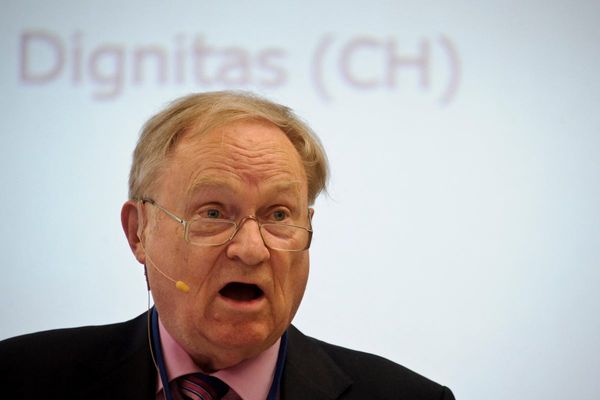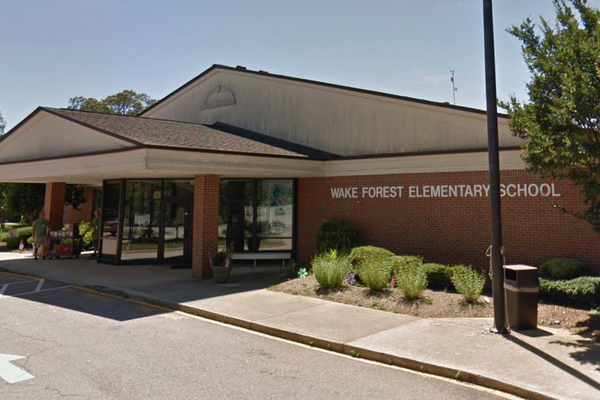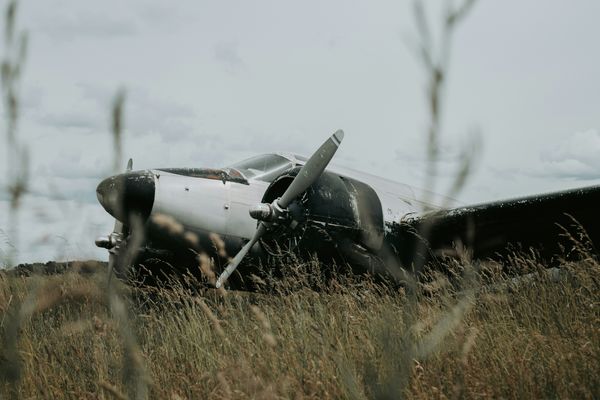
“On this trip to Warsaw, I’m pretending I’m in a different century,” I tell my butler, Maciej, as he escorts me to my room at Raffles Europejski Warsaw, which has been around since 1857. Seeing as I make this declaration under a Bohemia glass chandelier modelled after the ones in the nearby Royal Castle and to my very own butler – they come standard with every room at this grand dame – I feel like I’m already making good on this promise.
Maciej gamely plays along and calls me “madame”, while showing me the neoclassical view from my windows. I focus on the elegant square in front of the Saxon Gardens, resolutely ignoring the skyscrapers sprouting from the tree line. I already knew Warsaw was booming economically, and everyone who has visited is quick to toot its up-and-coming coolness (especially in the gritty Brooklyn-esque Praga neighbourhood). But I was wondering if it could still be picturesque, romantic, and classically beautiful. Was it still deserving of its interwar moniker: the Paris of the North?
I had been warned ahead of time. If I was after somewhere attractive and well-preserved, there was Kraków. Warsaw has had a harder time of things in recent history. It was systemically and nefariously decimated by the Nazis in revenge for the Warsaw Uprising. Then almost immediately after the city was plunged into the drab suppression of the Soviet era. However, I was also told that Warsaw is famously resilient, and I was determined to see its beauty and this spirit.
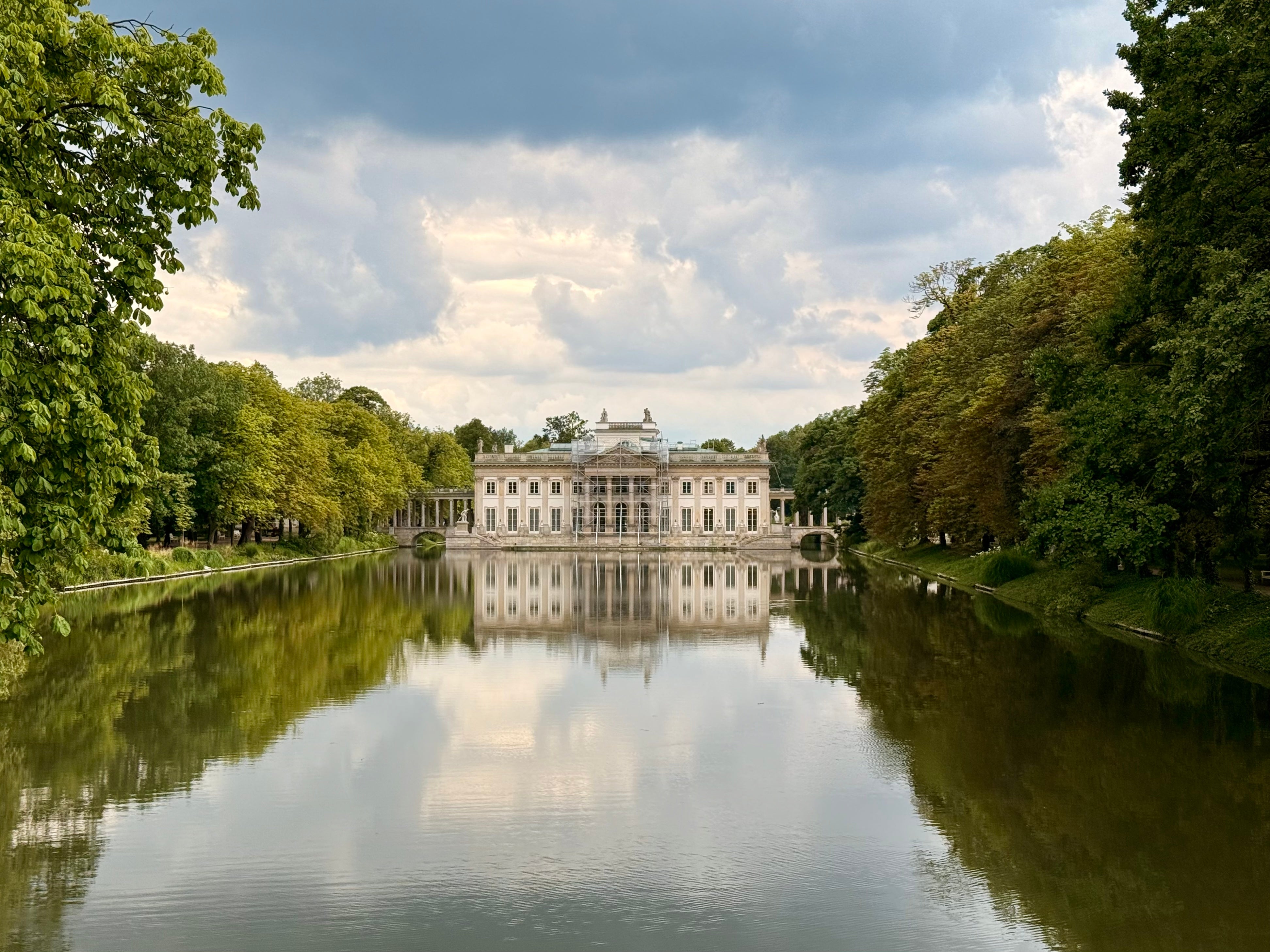
Read more: This Polish city has street art, film history and £2 pints
Raffles was keen to help: The brand took over this historic hotel – the first real luxury hotel in Poland – in 2018, bringing with it its famous butler service. Under “The Butler Did It” programme of signature experiences, the team will essentially act not only as your right-hand person but as an all-around itinerary planner. I gave my brief to Maciej and the team in Warsaw to see what they could do, and they did not disappoint.
My first stop: the 17th century. With Warsaw’s golden boy Frédéric Chopin plonking in my earbuds to set the mood, I head out to explore. Although Warsaw has an excellent and affordable transport system (tickets from 70p), I opt to walk to get my bearings. Around 45 minutes later, I arrive in Łazienki Park. The city is especially green, but this park is the biggest and one of the very best, with romantic baroque follies, a lake of giant carp that seem to swim in slow motion, and the dream-like Palace on the Isle, built as a royal bathhouse in 1689 and later, earmarked for Hitler as his potential Warsaw residence. Mercifully, the palace was not only spared that fate but also escaped destruction – even after being prepared for explosives. On Sundays in summer (May to September), Łazienki Park also hosts free Chopin concerts by the Chopin statue. (I quickly learn that not only can Warsaw still be old-world glamorous, but it can also be extraordinarily affordable).
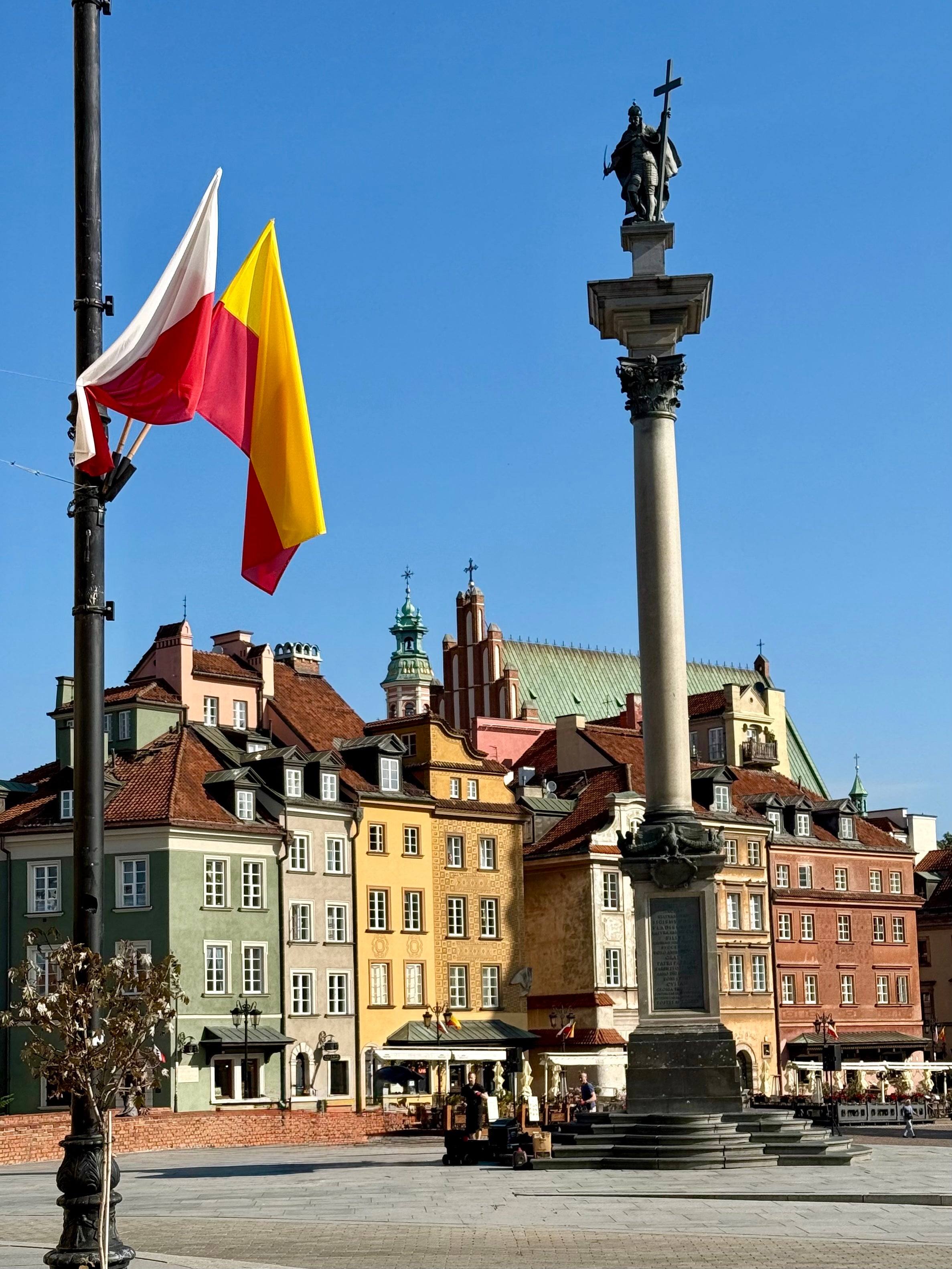
After an hour promenading in the park, which had surprisingly few tourists, I take a detour to the Warsaw University of Technology, dating back to 1915. With its exquisitely photogenic inner courtyard, circled by white stucco staircases and arches and shielded with a stained-glass roof, it’s Wes Anderson meets MC Esher. It also tells of the city’s uncrushable spirit, as the school continued to operate in secret during the German occupation.
After marvelling at the architecture, I walk down the so-called royal route back to the hotel. “It’s the most beautiful street in Warsaw,” Maciej had told me earlier, explaining how it connects the Royal Castle (now a museum) in the Old Town with the palace in Wilanów, basically Poland’s version of Versailles. Dating back to the glory days of the 16th- to 18th-century Polish-Lithuanian Commonwealth, the route is a delightful parade of pastel palaces, mansions, and churches, like Holy Cross, which houses the embalmed heart of Chopin (the rest of him remains in Paris, where he was exiled by the Russians). Another church that shouldn’t be missed on the Royal Route is the Visitation Church, where the young Chopin played organ.
Read more: The Eastern European city with one of the world’s top spas
To keep my energy up while I walk to the hotel, I snack on chocolate sea-salt cookies that Maciej packed for me from Lourse Warszawa, the hotel’s pretty-in-pink historic patisserie, staffed by girls in neat white pinafores and Peter Pan collars. Check out the chandelier, made to look like test tubes as a wink to Warsaw-born Marie Curie, who stayed at the hotel in 1913.
.jpeg)
Even without my treats, I would not go hungry, as the city is filled with old-fashioned confectioneries like A. Blikle on Nowy Swiat for pączki (doughnuts) or the pretty Polish chocolate shop E.Wedel on Szpitalna Street, with Art Nouveau flourishes and hand-decorated wafer cakes.
By the time I get back to the hotel, it’s time for a vodka tasting at Long Bar. “Vodka is part of our history; it’s our heritage,” says head mixologist Mariusz Sieradzki, as he pours me a flight of Polish vodkas to try, each made with a different ingredient, including potatoes, rye, and wheat. When I ask him about the most traditional style, he takes out a gorgeous fluted bottle. “This is old-style vodka,” Marius tells me. “It’s primal, specially distilled from Polish Augusta potatoes.” A bespoke blend of limited-edition vodka made just for the hotel by Poland’s last family-owned vodka brand, Chopin, I can’t help but think it tastes of the earth and the past. (Or perhaps that’s just the booze talking.)
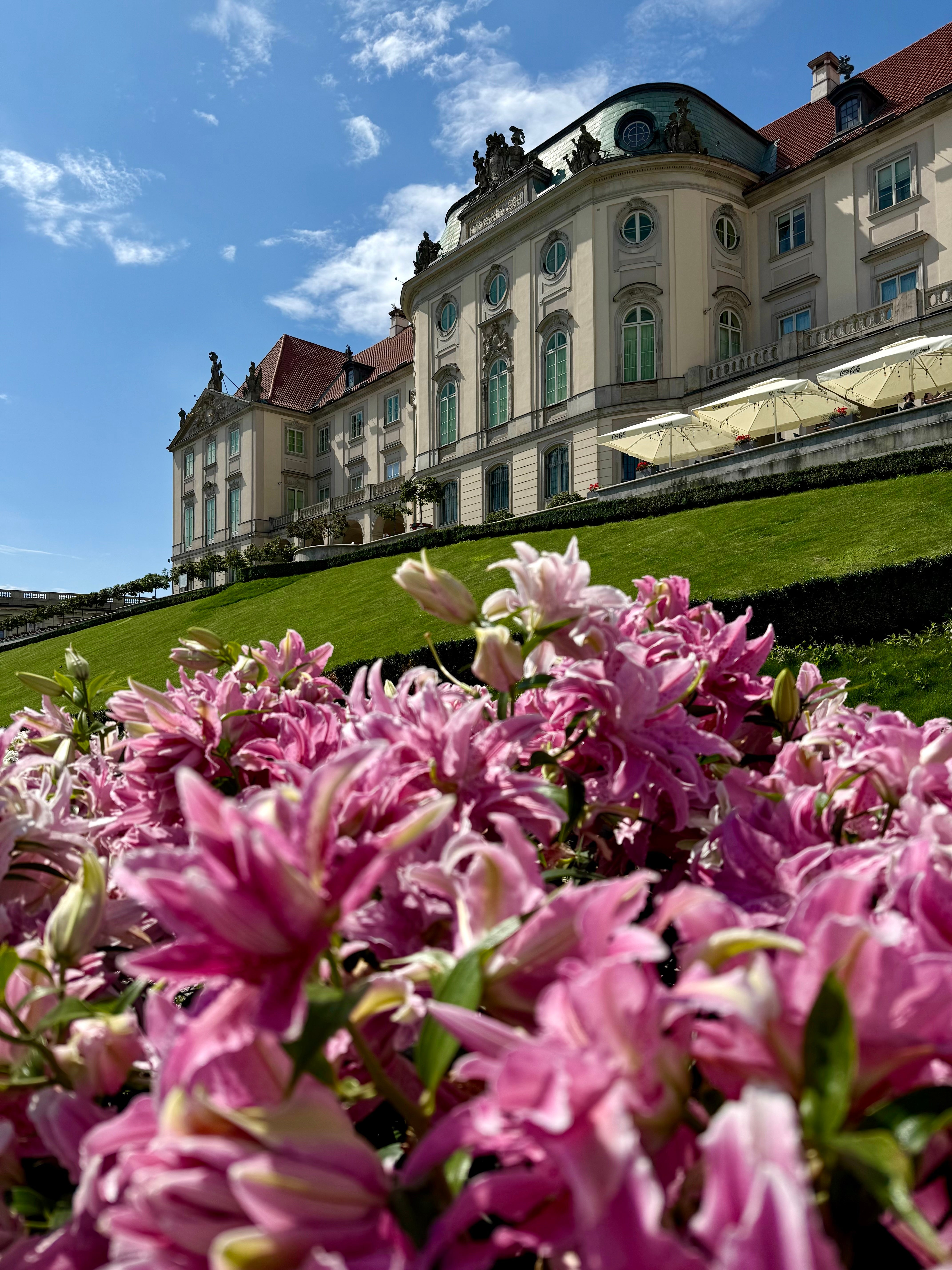
Early the next morning, I explore the Old Town, established in the 13th century and situated just five minutes from the hotel. Made up of a market square, colourful townhouses, city walls, the Royal Castle, and spired churches, it’s quite frankly exquisite – made even more so by the fact that it was almost completely rebuilt brick-by-brick by the ever-resilient Varsovians (people of Warsaw) after more than 85 per cent of it was destroyed by the Nazis. They did such a meticulous, honourable job that it achieved Unesco status in 1980. If there was ever a question of whether Warsaw’s pre-war splendour still exists, the Old Town will put the question to rest. Make sure you check out the fountain featuring the emblem of the city: a mermaid with a sword.
I return to the hotel for a tour of its nearly 500-piece-strong modern art collection with Łukasz Godlewski, the hotel’s art collection manager. The hotel offers tours of the all-Polish collection for free. It's hard to choose favourites, but I love the neon installation at the entrance by Wlodzimierz Jan Zakrzewski, highlighting the almost constantly shifting borders of Poland throughout history; the soviet posters in the cigar lounge; and the old photographs from the hotel’s 19th-century balls and soirées in the private dining room. After we see the hotel’s collection, Łukasz takes me to the newly opened Museum of Modern Art in Warsaw (tickets from around £4). After being fixated on the past for a few days, it feels exciting and fresh.
Read more: The best Eastern Europe city breaks
Upon returning to the hotel, I’m flung straight back into the past. Maciej has left me a note saying that he has booked a candlelight Chopin concert for me in Old Town at the Fryderyk Concert Hall (tickets from £18). He has also taken the liberty of drawing me a bath with lavender oil, mountains of bubbles peppered with rose petals, and a class of champagne. The night is as dreamy as it sounds.
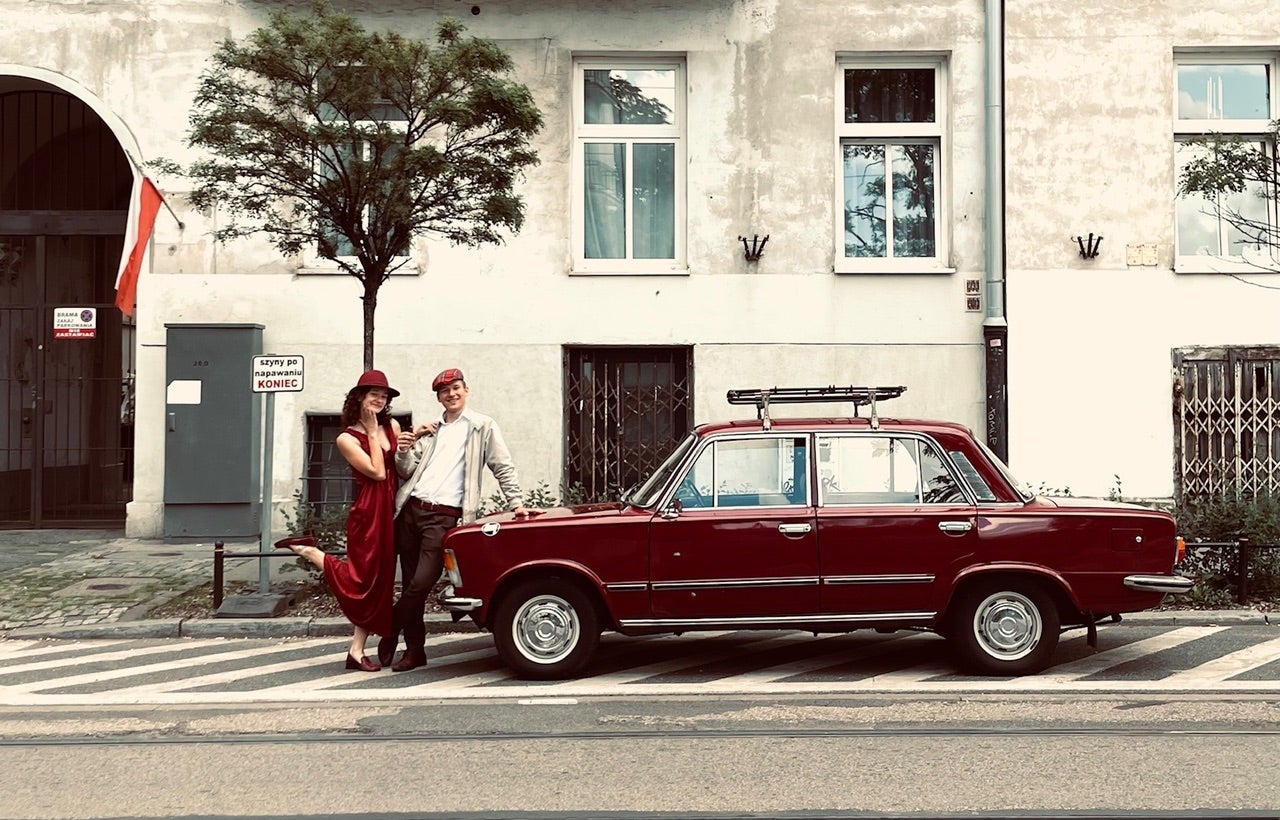
On my last day, Maciej’s final surprise for me is a swing around town in a classic car, a 1977 Polski Fiat 125p, made in Poland under a Fiat license by the state-owned manufacturer. With around 20 vintage cars in his coterie, Piotr of Retro Stacja (private tours from £120), drives us through the streets, as we listen to songs from the 1930s and admire the city. Even the parts that aren’t pretty are still impressive, still admirable, because it’s hard-won. Old-world glamour isn’t everywhere, and it’s not always obvious or in-your-face as it is in other European capitals, but that’s the charm. The city’s not putting on an act. When you are delighted in Warsaw (and you will be), it will be unexpected and genuine.
Nicole was hosted as a guest of Raffles Europejski Warsaw.
How to do it
Airlines including British Airways, LOT and Wizz Air fly direct from the UK to Warsaw. Flight time is around 2 hours 30 minutes.
Read more: This Eastern European city was once known as ‘little Paris’
